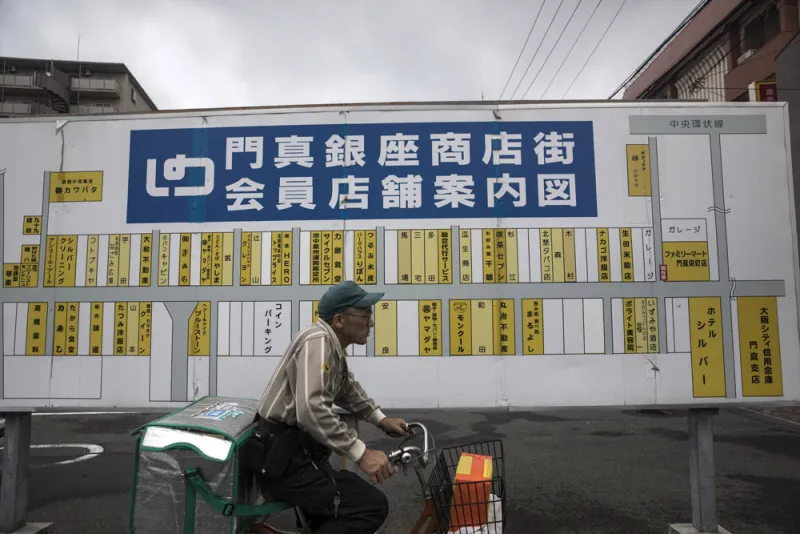In a major shift, historically conservative Japanese institutions are significantly increasing their investments in hedge funds, private equity, private debt, infrastructure, and other unlisted asset classes.
The average Japanese corporate pension fund now has a 17 percent allocation to alternative investments, up from 11 percent in 2013, according to J.P. Morgan Asset Management’s annual survey.
Furthermore, six in ten pension funds said they plan to increase their alternative investments next year. The asset manager interviewed staff members at 120 corporate defined benefit pensions between March and mid-June 2018 for its 11th annual survey. The study covers fiscal years 2016 and 2017 as well as allocators’ plans for the future.
Domestic bond allocations fell to 21.7 percent on average, the lowest level since JPMAM began been tracking the market. The move out of bonds coincides with the Bank of Japan’s policy of keeping interest rates negative to spur economic growth. The policy has hurt its institutional investors who tended to invest heavily in sovereign bonds. To offset disappearing bond yield, pension investors are hoping alternatives such as infrastructure and real estate can help them meet their return targets.
[II Deep Dive: The CEOs Breaking New Ground in Japan]
“Japanese corporate defined benefit pension plans remain under pressure to generate returns sufficient to fund their obligations and are gradually unshackling themselves from a long tradition of highly conservative investing,” institutional sales head Yoichiro Nitta said in a statement.
“The challenge will continue as anticipated bond and equity returns remain subdued, the Bank of Japan sticks with ultra-loose monetary policy to coax inflation, the U.S. economy is late cycle, and Japan’s GDP forecast is unclear,” he continued.
JPMAM also found that Japanese institutional investors are using absolute return/unconstrained fixed income, multi-asset strategies, and private debt funds to help manage volatility.
Twenty percent of Japanese institutions have nixed domestic bond and equity buckets and instead now use global versions of each as they continue to diversify outside their home market of Japan. “Within these newly condensed buckets, exposure to domestic assets is generally falling at the expense of greater allocation to foreign assets,” the announcement said.
Although Japanese pensions are moving further into alternatives, many of them still have concerns. Common hurdles include communicating how the investments work to boards and other stakeholders; whether low liquidity assets have been flooded with capital and are in a bubble; and understanding where risk lies.
“Defined benefit pension fund managers are racking their brains to explain complicated instruments and upgrade their portfolio management,” the JPMAM report stated.







